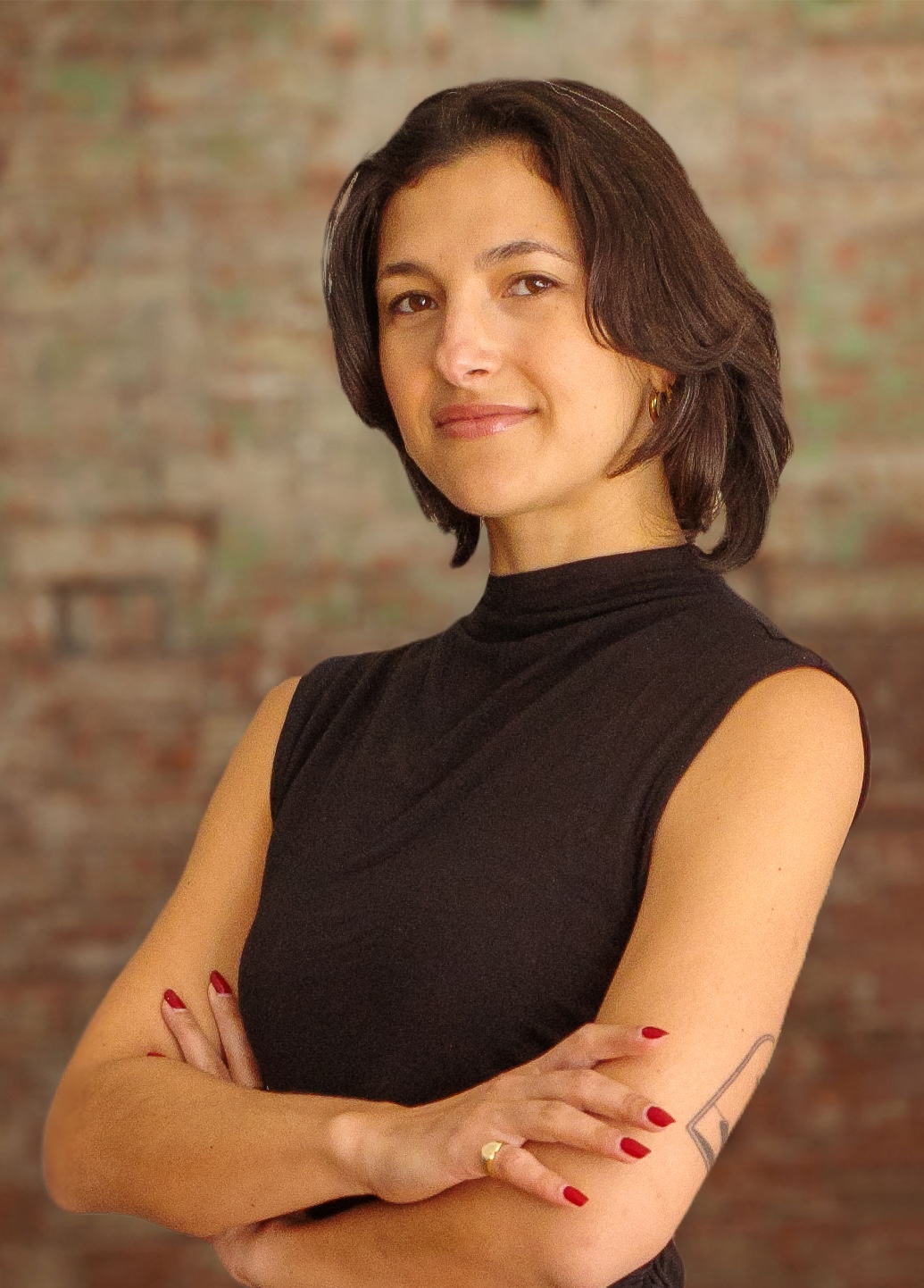Did Charli XCX go mainstream, or did the mainstream just go niche?

Photo: Who's Denilo?

“I’m famous, but not quite,” Charli XCX sings on ‘I might say something stupid’, a moment of honest insecurity amidst the brash club anthems that make up her new album Brat. It is a familiar refrain for the artist, who has spent her decade-plus career wavering between the mainstream and counterculture. Charli never quite graduated from the fringes of internet culture into the realm of pop superstardom, and critics have often viewed this as a failure. Now, on her sixth album with Atlantic Records, that rare position is exactly what is helping her win.
While audiences used to gravitate around a handful of superstars, today’s listeners are increasingly fragmented across many niches. So while artists who built mass audiences in the early days of streaming — like Drake and Taylor Swift — can still rely on that mass listenership, newer artists may struggle to reach similar levels of “mainstream” fame, and it becomes harder to discern a “mainstream” at all. A better strategy for today's artists, then, is to find their scene and build a sustainable core fanbase within it. Charli is a natural at this, having come up in the London rave scene and helped pioneer hyperpop. For most of her career, niches like hers had a natural ceiling for growth — but now, the internet and recommendation algorithms have allowed them to scale globally. Niche used to mean small; now, it just means specialised. Meanwhile, fewer artists fall into the category of “mainstream”, making it effectively a niche of its own. This is why at MIDiA, we often say that niche is the new mainstream.
So, it was perfect timing for Charli to lean further than ever into internet micro-scenes for the Brat campaign, appearing to abandon the major-label marketing blueprint in favour of antics that only her niche would understand. Take the Brat album cover itself, which is baffling without context but beloved by her fans, who have gleefully seized on it as a meme format. Then there was the 1,000-cap Boiler Room warehouse party that drew 25,000 RSVPs within the first few hours, the largest count in Boiler Room history. (It even spawned unofficial satellite events for those unable to score tickets, reminiscent of a certain megastar, albeit on a much smaller scale.) This was around the same time as Addison Rae's now-infamous scream on a remix of the single “Von Dutch” (try explaining that to the uninitiated). There was also Charli’s surprise DJ set at The Lot Radio — a 200-cap triangle of dirt sandwiched between a church and a climbing gym in Brooklyn — and the “360” music video, featuring cameos from fellow niche celebrities like Julia Fox and Gabriette.
Featured Report
India market focus A fandom and AI-forward online population
Online Indian consumers are expected to be early movers. They are high entertainment consumers, AI enthusiasts, and high spenders – especially on fandom. This report explores a population that is an early adopter, format-agnostic, mobile-first audience, with huge growth potential.
Find out more…Ironically, by ignoring mainstream definitions of success, Charli has finally achieved all of them. Brat is her best-reviewed album yet (Pitchfork gave it an 8.6), the most memorable album rollout of the year (neon green will never be the same!), and is projected to be her highest entry on the Billboard 200 albums chart (at number four). But more importantly, she found the rare combination of both commercial and cultural significance. Artist comparisons are almost always apples-to-oranges, but a useful analogy is fellow Warner artist Dua Lipa — the bigger star by all measures — whose Radical Optimism recently debuted at number two, but falls far short of Brat’s cultural clout. Brat is also one of the few major releases of the past few months that seems to have staying power — just ask the tens of thousands of TikTok videos proclaiming it “Brat summer”.
The question now — not just for Charli, but for other ‘cult’ stars following a similar model — is how far a niche can grow before it loses the core community that made it special in the first place. Or rather, how fast. Will Charli’s upcoming arena tour be able to match the energy of a sweaty Boiler Room warehouse? Hyperpop, and its nostalgia for early-2000s internet culture, is itself beginning to filter into the styles of more “household” names like Katy Perry and Camila Cabello, which may make the O.G. fans turn up their noses, as much as it surely helped drive new listeners to Brat. Figuring out how to navigate that tension will be crucial for the next generation of artists, but thankfully for Charli, it is one she has balanced her entire life. Charli XCX never quite fit into the major-label mould; now, it is perhaps the major labels’ prerogative to fit into the Charli XCX one.

There are comments on this post join the discussion.